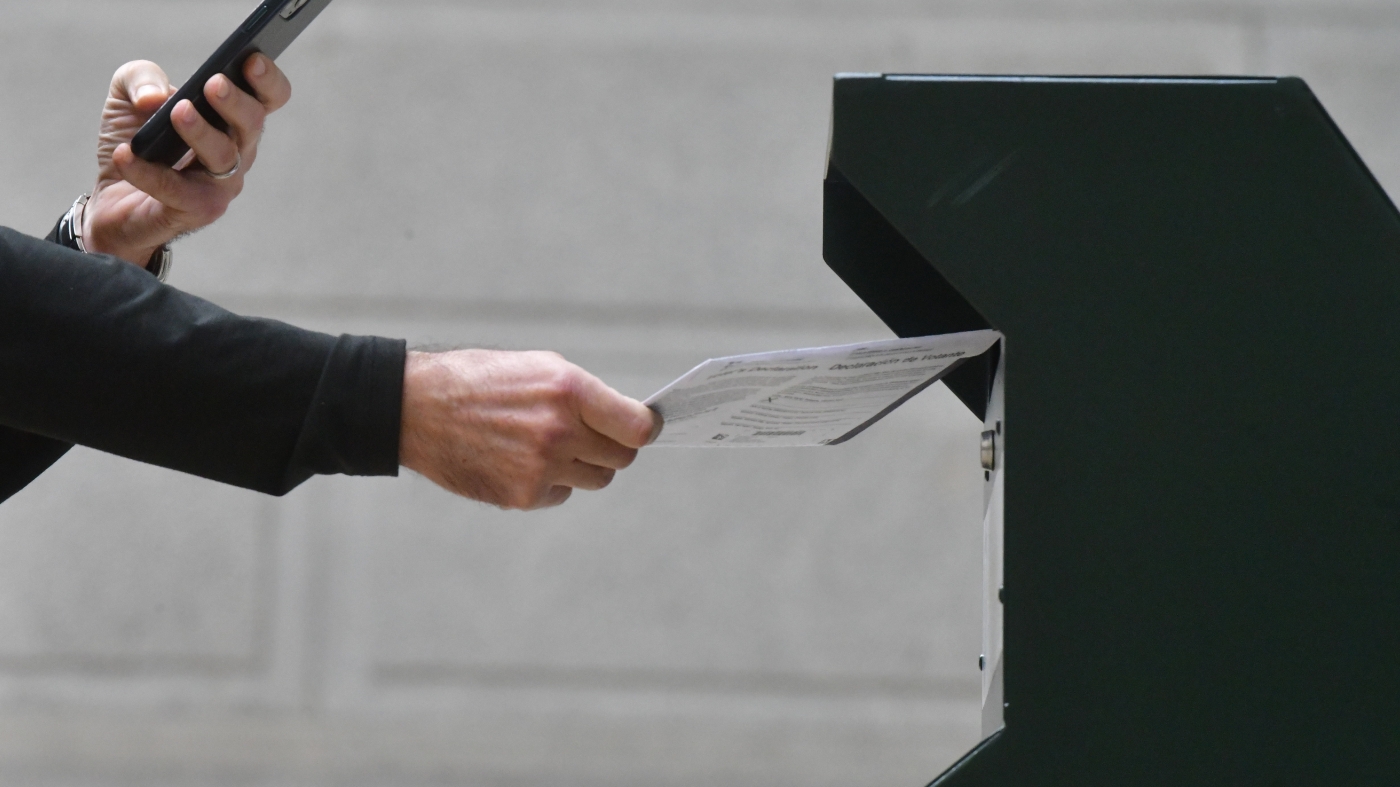President Trump recently shared his plans on Truth Social to push for the removal of mail-in ballots and certain voting machines in the upcoming midterm elections. He claimed, without providing evidence, that mail-in ballots are corrupt and that voting machines are unreliable.
He expressed his intention to sign an executive order to restrict mail-in ballots, stating, “it’s time that the Republicans get tough and stop it.” Interestingly, Trump had previously urged his supporters to vote by mail ahead of the 2024 presidential election. Historically, more Democrats have embraced mail-in voting, especially since it became prominent during the 2020 election. Recent data shows that this trend is growing, with many GOP states imposing stricter rules on mail-in voting methods.
Experts clarify that Trump lacks the legal authority to dictate how states manage elections. According to Michael Morley, a law professor at Florida State University, the Constitution grants Congress, not the president, the power to regulate federal elections. “The executive branch cannot impose direct mandates,” he explained.
Additionally, any changes to voting laws would require Congressional cooperation, which is unlikely. Richard Hasen, a UCLA law professor, indicated that even if Trump attempted to interfere, he would need a compelling legal theory to justify such actions.
Beyond legal hurdles, the practical implications of these changes are daunting. David Becker, from the Center for Election Innovation & Research, emphasized that the Founding Fathers intentionally separated election powers to prevent executive overreach. He stated, “Hamilton foresaw that diversifying election power protects democracy.”
The logistical challenges are immense, especially as midterm primaries approach. Matt Germer from the R Street Institute highlighted that implementing such drastic changes would require significant resources, including more polling places and trained volunteers. “It’s a huge undertaking,” he said, and it’s doubtful such changes could be executed effectively by 2026.
Barbara Smith Warner, from the National Vote at Home Institute, expressed skepticism about the feasibility of eliminating mail-in voting quickly. She argued that the broader aim seemed to be creating instability in the election process. “These efforts undermine confidence in our elections,” she stated, noting that they threaten states’ rights to manage their own electoral systems.
Historically, Trump has made attempts to influence elections, as seen with his actions post-2020 election loss. This track record raises concerns among experts about his current initiatives. As Hasen advised, now is the crucial time for states and the courts to ensure that the integrity of future elections is maintained.
For those interested in the nuances of election management, you can explore more about the complexities and legislation surrounding voting methods in the MIT Election Lab’s report.




















